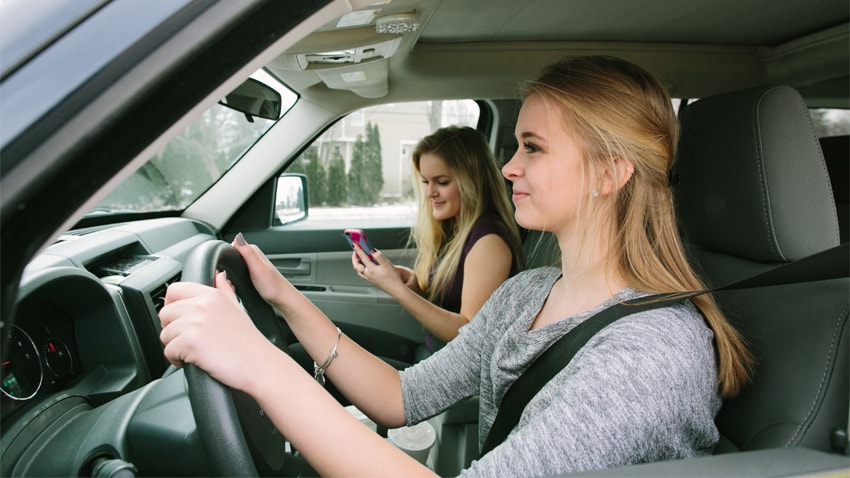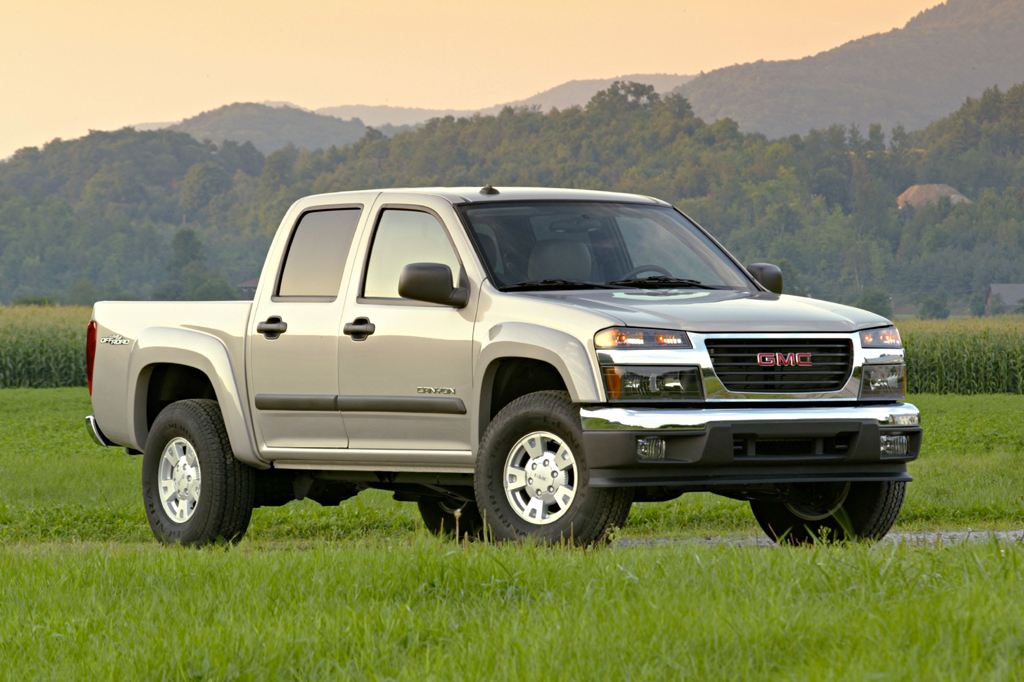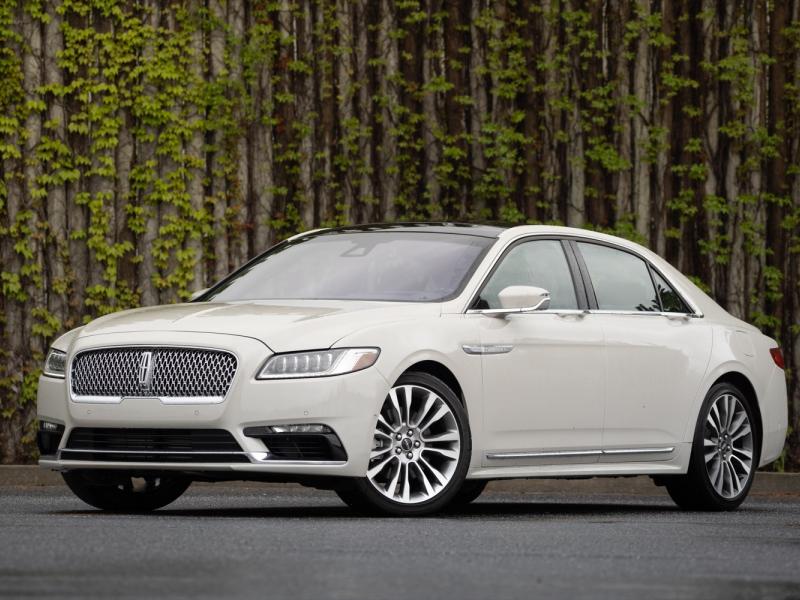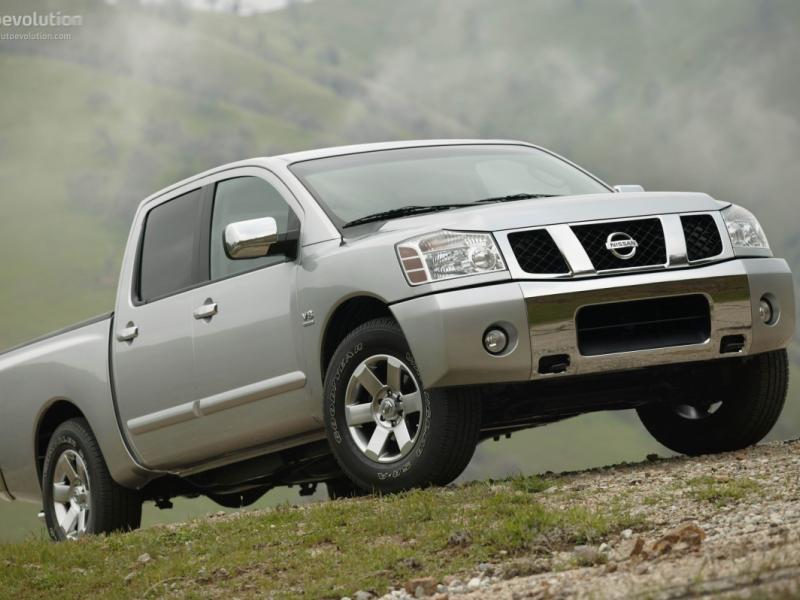5 Ways to Make Safe Driving ‘Cool’ to Your Teenager
Fri, 06/24/2016 - 03:05
Distracted driving and teenagers make for a deadly combination — one that parents, car manufacturers, and legislators are well aware of. Lecturing your teenager on the merits of safe driving can fall on deaf ears. Nevertheless, employing effective methods for making safe driving ‘cool’ to your teenager is a must. Let’s take a look at five such strategies.
1. Know your teenager.
How well do you know your teenager? Is she impulsive, irresponsible, and at times reckless? Be honest here: your teen’s behavior can make a difference on whether she is ready to drive or not. On the other hand, if she is responsible, caring, and thoughtful, then she’ll also heed your advice. Simply because your teen is eligible to begin driving doesn’t mean you must give your consent. Leverage her desire to drive to require responsibility on her part.
2. Set the example.
If you have a good relationship with your son or daughter, then making safe driving “cool” will come naturally. Your teen will most certainly model your behavior once behind the wheel. If you’re considerate and generally composed while driving, you’re displaying the type of behavior you want your son or daughter to demonstrate. However, if you routinely cut people off, talk or text while driving, or display other unwise or unsafe practices, expect your behavior to trickle down to your offspring. You don’t need to constantly lecture your child on good driving behavior, as this practice is just as often caught as it is taught.
3. Impart knowledge.
When your teen first takes to the wheel, insist that the audio system stay off and that she concentrate solely on her driving skills. Today’s cars are technological wonders, but infotainment systems and gadgets can prove distracting. She may look at this decision as a mood killer, but you have her safety in mind. Without overwhelming her, begin imparting what you know about driving, including maintaining safe distances between vehicles, when to signal your lane change intentions, how to parallel park, and other tools of the driving trade.
4. Demonstrate your skills.
Following your teen’s stint behind the wheel, change places. You already have the ‘cool’ factor down pat if you’re teaching your child how to shift with a manual transmission. There’s something about “rowing your own” that brings out the fun in driving. But most cars come equipped with automatic transmissions, and if you’re lucky, they can also be operated in manual mode with the stick or paddle shifters used to move between gears. Fun driving and safe driving are not mutually exclusive, so demonstrate how this is done. Show how to safely, but confidently make your way down a highway entrance ramp and deftly merge with traffic. If you’re controlling gear shifts, have your teen watch and listen as the engine revs, demonstrating when to upshift as well as when to downshift. Imbue confidence in the young driver and he’ll be a safe driver.
5. Explain decision-making.
As your teen gains confidence behind the wheel, begin talking about ‘situational awareness’ strategies. Here, you’ll paint a few scenarios for how a driver should respond or make decisions under certain situations. For instance, if children are playing nearby, begin to slow down. When road conditions are wet, shut down the cruise control to avoid hydroplaning. Use this time to discuss tires, traction, and the need to increase your distance between cars. Don’t overwhelm your teen, but do discuss how to effectively maintain control of a car under less than ideal road conditions.
Quite frankly, safe driving is cool. Require accountability and when your teen demonstrates responsibility, only then loosen your restrictions on the infotainment system. oosen your restrictions on the infotainment system. For older vehicles without such technology, investing in a tool such as hum by Verizon provides connectivity possibilities for a driving experience that gives everyone more peace of mind.
About the Author: Matt Keegan is a freelance automotive correspondent based in Cary, NC. With a pair of soon-to-drive boys in the house, Matt and his wife share the same concerns parents have everywhere about teenage driving safety. Matt also writes new car reviews for CARFAX and serves as the founder and editor of AutoTrends Magazine.
Disclaimer: This post is one of several articles part of a paid partnership with hum by Verizon. Our partnership focuses on driver safety, broadening the general awareness of Verizon’s hum product, and at times, will feature Verizon subject matter experts. Those articles will be denoted with an author by-line and this disclosure statement. Social media posts promoting the published articles in this series will be accompanied by the #humBCC and #sponsored hashtags.

[{"target_id":"254866","alt":null,"title":null,"width":"850","height":"478","url":"\/sites\/default\/files\/articles-images\/d4\/UMH_C_DistractedDriving2%401x.jpg"}]




